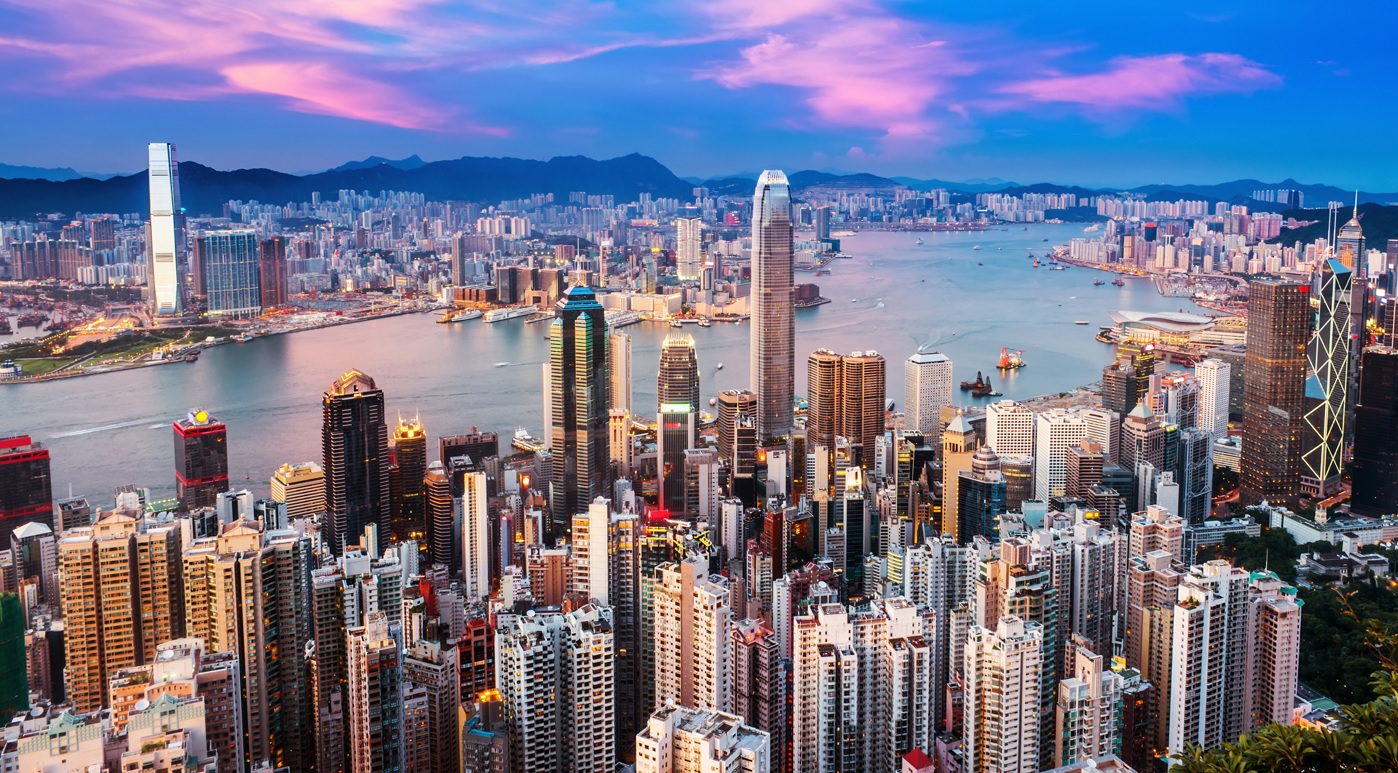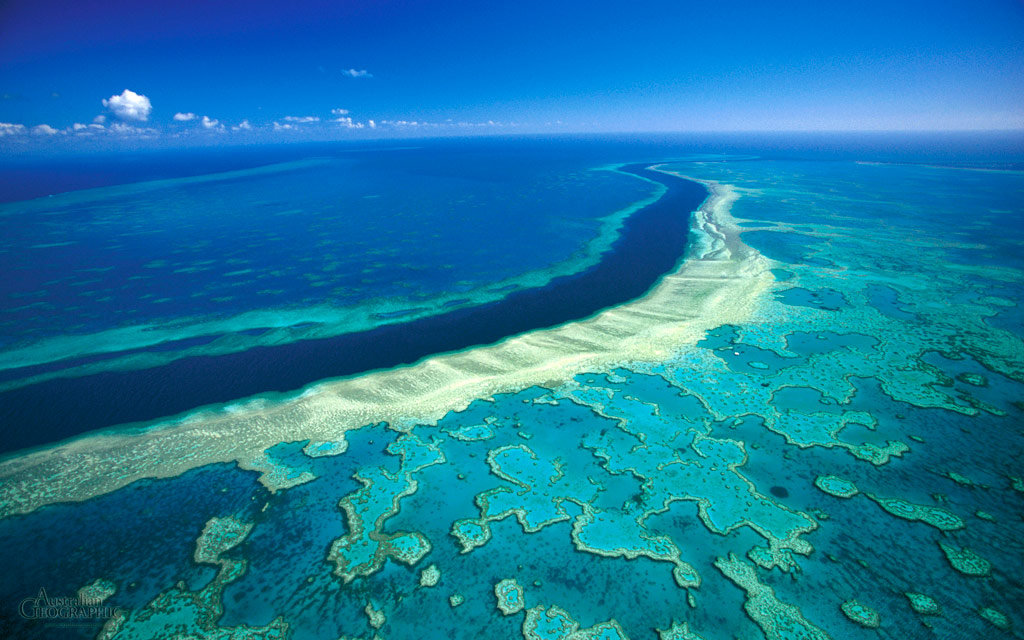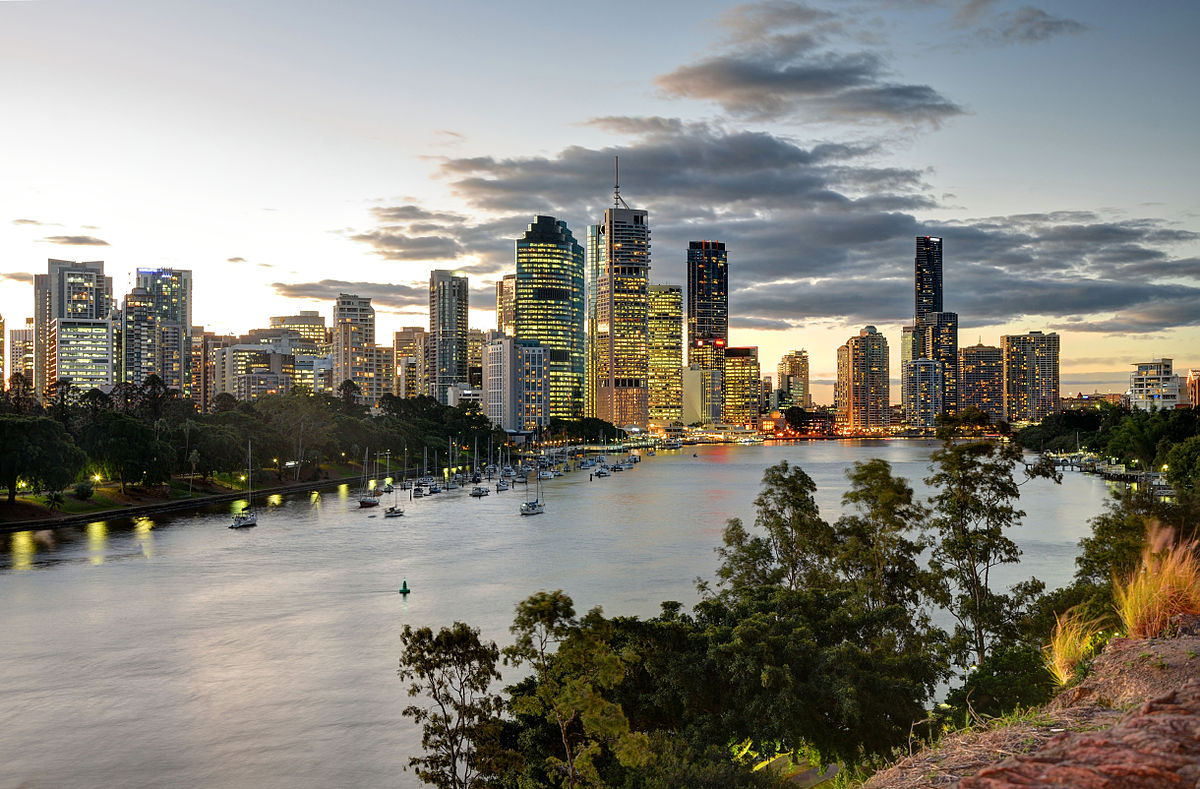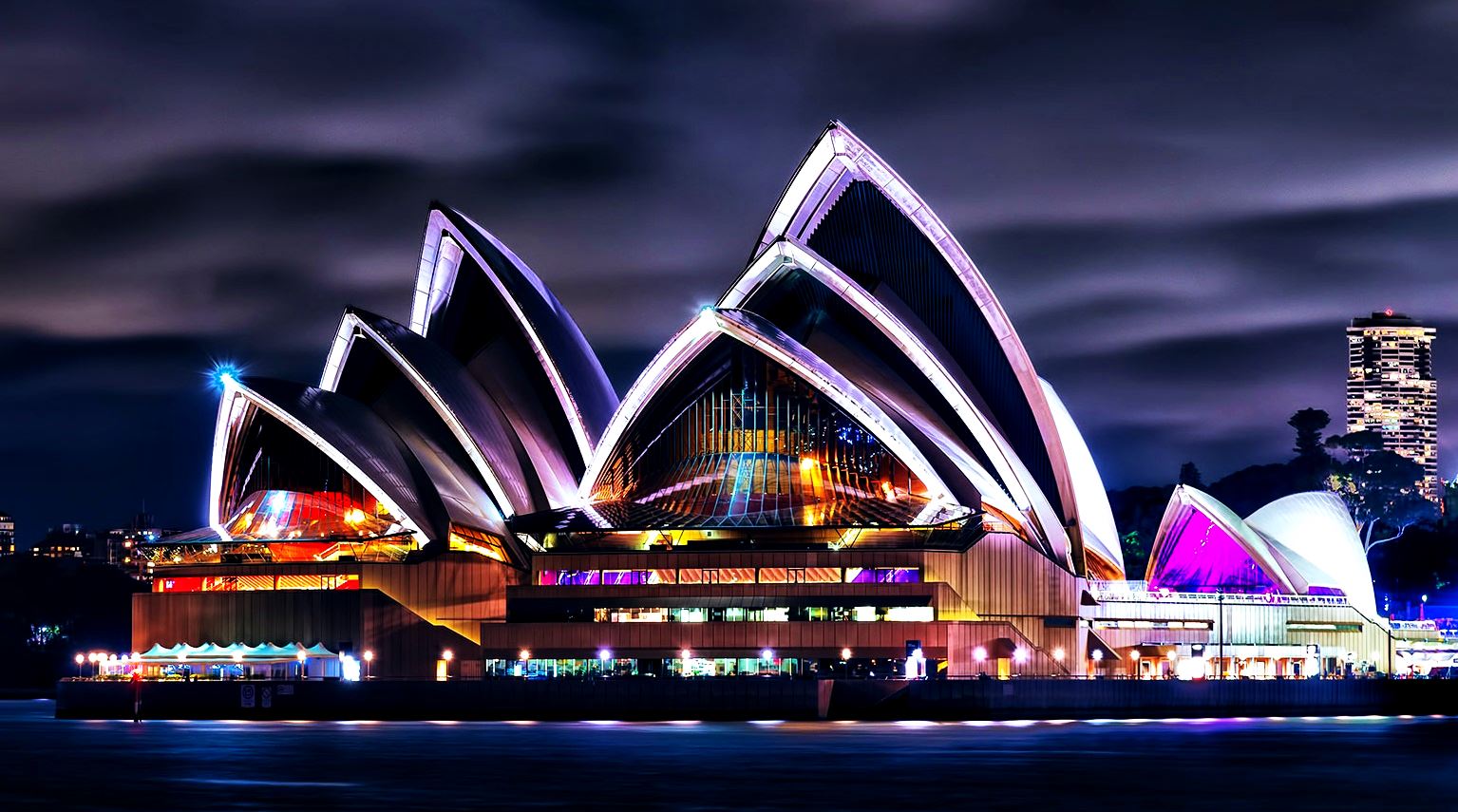

| Cruise Region : Asia |
| Company Category : Luxury |
| Company name : Seabourn Cruise Line |
| Ship name : Seabourn Sojourn |
| Journey Start Date : Fri 03 Apr 2020 |
| Journey End Date : Wed 29 Apr 2020 |
| Port start : Hong Kong / China |
| Port end : Sydney / Australia |
| Count Nights : 26 nights |
| Day | Port | Date | Arrival | Departure |
|---|---|---|---|---|
| 1 | Hong Kong / China | Fri 03 Apr | 18:00 | |
| 2 | Day at sea / Sea | Sat 04 Apr | ||
| 3 | National Park STO ISLANDS / Philippine Islands | Sun 05 Apr | 07:00 | 15:00 |
| 4 | Manila / Philippine Islands | Mon 06 Apr | 08:00 | 23:00 |
| 5 | Day at sea / Sea | Tue 07 Apr | ||
| 6 | Puerto Princesa / Philippine Islands | Wed 08 Apr | 08:00 | 18:00 |
| 7 | Day at sea / Sea | Thu 09 Apr | ||
| 8 | Day at sea / Sea | Fri 10 Apr | ||
| 9 | Day at sea / Sea | Sat 11 Apr | ||
| 10 | Bali / Indonesia | Sun 12 Apr | 08:00 | |
| 11 | Bali / Indonesia | Mon 13 Apr | 14:00 | |
| 12 | Chest of drawers / Indonesia | Tue 14 Apr | 10:00 | 18:00 |
| 13 | Day at sea / Sea | Wed 15 Apr | ||
| 14 | Day at sea / Sea | Thu 16 Apr | ||
| 15 | Darwin / Australia | Fri 17 Apr | 07:00 | 18:00 |
| 16 | Day at sea / Sea | Sat 18 Apr | ||
| 17 | Day at sea / Sea | Sun 19 Apr | ||
| 18 | Day at sea / Sea | Mon 20 Apr | ||
| 19 | Cairns / Australia | Tue 21 Apr | 12:00 | |
| 20 | Cairns / Australia | Wed 22 Apr | 18:00 | |
| 21 | Townsville / Australia | Thu 23 Apr | 08:00 | 18:00 |
| 22 | Great Barrier Reef (Arleigh Beach) / Australia | Fri 24 Apr | 08:00 | 17:00 |
| 23 | Day at sea / Sea | Sat 25 Apr | ||
| 24 | Brisbane / Australia | Sun 26 Apr | 08:00 | 18:00 |
| 25 | Day at sea / Sea | Mon 27 Apr | ||
| 26 | Sydney / Australia | Tue 28 Apr | 08:00 | |
| 27 | Sydney / Australia | Wed 29 Apr |
| Build Year : 2010 |
| Width : 25.00 |
| Length : 198.00 |
| Speed : 19.00 |
| Capacity : 450 |
| Deck Quantity : 8 |
| Cabin Quantity : 225 |
| Restaurant Quantity : 2 |
| Lift Quantity : 3 |
| Balancer : Yes |

Hong Kon, officially the Hong Kong Special Administrative Region of the People's Republic of China, is a special administrative region on the eastern side of the Pearl River estuary in southern China. With over 7.4 million people of various nationalities in a 1,104-square-kilometre (426 sq mi) territory, Hong Kong is the world's fourth most densely populated region.
Hong Kong became a colony of the British Empire after Qing China ceded Hong Kong Island at the end of the First Opium War in 1842. The colony expanded to the Kowloon Peninsula in 1860 after the Second Opium War, and was further extended when Britain obtained a 99-year lease of the New Territories in 1898. The territory was returned to China when the lease expired in 1997. As a special administrative region, Hong Kong's system of government is separate from that of mainland China and its people overwhelmingly identify as Hongkongers rather than Chinese.
Originally a sparsely populated area of farming and fishing villages, the territory has become one of the world's most significant financial centres and commercial ports. It is the world's seventh-largest trading entity, and its legal tender (the Hong Kong dollar) is the world's 13th-most-traded currency. Although the city has one of the highest per capita incomes in the world, it has severe income inequality.
The territory has the largest number of skyscrapers in the world, most surrounding Victoria Harbour. Hong Kong ranks seventh on the UN Human Development Index, and has the sixth-longest life expectancy in the world. Although over 90 per cent of its population uses public transportation, air pollution from neighbouring industrial areas of mainland China has resulted in a high level of atmospheric particulates.



Manila, officially the City of Manila, is the capital of the Philippines. It is the most densely populated city proper in the world. It was the first chartered city by virtue of the Philippine Commission Act 183 on July 31, 1901 and gained autonomy with the passage of Republic Act No. 409 or the "Revised Charter of the City of Manila" on June 18, 1949.






Bali is a province of Indonesia and the westernmost of the Lesser Sunda Islands. Located east of Java and west of Lombok, the province includes the island of Bali and a few smaller neighbouring islands, notably Nusa Penida, Nusa Lembongan, and Nusa Ceningan. The provincial capital, Denpasar, is the most populous city in the Lesser Sunda Islands and the second largest, after Makassar, in Eastern Indonesia. Bali is the only Hindu-majority province in Indonesia, with 83.5% of the population adhering to Balinese Hinduism.
Bali is Indonesia's main tourist destination, which has seen a significant rise in tourists since the 1980s. Tourism-related business makes up 80% of its economy. It is renowned for its highly developed arts, including traditional and modern dance, sculpture, painting, leather, metalworking, and music. The Indonesian International Film Festival is held every year in Bali. In March 2017, TripAdvisor named Bali as the world's top destination in its Traveller's Choice award.
Bali is part of the Coral Triangle, the area with the highest biodiversity of marine species. In this area alone, over 500 reef-building coral species can be found. For comparison, this is about seven times as many as in the entire Caribbean. Most recently, Bali was the host of the Miss World 2013 and 2018 Annual Meetings of the International Monetary Fund and the World Bank Group. Bali is the home of the Subak irrigation system, a UNESCO World Heritage Site. It is also home to a unified confederation of kingdoms composed of 10 traditional royal Balinese houses, each house ruling a specific geographic area. The confederation is the successor of the Bali Kingdom. The royal houses are not recognised by the government of Indonesia; however, they originated before Dutch colonisation.

Bali is a province of Indonesia and the westernmost of the Lesser Sunda Islands. Located east of Java and west of Lombok, the province includes the island of Bali and a few smaller neighbouring islands, notably Nusa Penida, Nusa Lembongan, and Nusa Ceningan. The provincial capital, Denpasar, is the most populous city in the Lesser Sunda Islands and the second largest, after Makassar, in Eastern Indonesia. Bali is the only Hindu-majority province in Indonesia, with 83.5% of the population adhering to Balinese Hinduism.
Bali is Indonesia's main tourist destination, which has seen a significant rise in tourists since the 1980s. Tourism-related business makes up 80% of its economy. It is renowned for its highly developed arts, including traditional and modern dance, sculpture, painting, leather, metalworking, and music. The Indonesian International Film Festival is held every year in Bali. In March 2017, TripAdvisor named Bali as the world's top destination in its Traveller's Choice award.
Bali is part of the Coral Triangle, the area with the highest biodiversity of marine species. In this area alone, over 500 reef-building coral species can be found. For comparison, this is about seven times as many as in the entire Caribbean. Most recently, Bali was the host of the Miss World 2013 and 2018 Annual Meetings of the International Monetary Fund and the World Bank Group. Bali is the home of the Subak irrigation system, a UNESCO World Heritage Site. It is also home to a unified confederation of kingdoms composed of 10 traditional royal Balinese houses, each house ruling a specific geographic area. The confederation is the successor of the Bali Kingdom. The royal houses are not recognised by the government of Indonesia; however, they originated before Dutch colonisation.

Komodo is one of the 17,508 islands that comprise the Republic of Indonesia. The island is particularly notable as the habitat of the Komodo dragon, the largest lizard on Earth, which is named after the island. Komodo Island has a surface area of 390 square kilometres and a human population of over two thousand. The people of the island are descendants of former convicts who were exiled to the island and who have mixed with Bugis from Sulawesi. The people are primarily adherents of Islam but there are also Christian and Hindu congregations.
Komodo is part of the Lesser Sunda chain of islands and forms part of the Komodo National Park. In addition, the island is a popular destination for diving. Administratively, it is part of the East Nusa Tenggara province.



Darwin is the capital city of the Northern Territory of Australia, situated on the Timor Sea. It is the largest city in the sparsely populated Northern Territory, with a population of 145,916. It is the smallest and most northerly of the Australian capital cities, and acts as the Top End's regional centre.




Cairns City is the suburb at the centre of Cairns in the local government area of Cairns Region, Queensland, Australia.It can also be referred to as the Cairns Central Business District (CBD). In the 2011 census, the population of Cairns City was 2,737 people.

Cairns City is the suburb at the centre of Cairns in the local government area of Cairns Region, Queensland, Australia.It can also be referred to as the Cairns Central Business District (CBD). In the 2011 census, the population of Cairns City was 2,737 people.


The Great Barrier Reef is the world's largest coral reef system composed of over 2,900 individual reefs and 900 islands stretching for over 2,300 kilometres (1,400 mi) over an area of approximately 344,400 square kilometres (133,000 sq mi). The reef is located in the Coral Sea, off the coast of Queensland, Australia. The Great Barrier Reef can be seen from outer space and is the world's biggest single structure made by living organisms. This reef structure is composed of and built by billions of tiny organisms, known as coral polyps. It supports a wide diversity of life and was selected as a World Heritage Site in 1981. CNN labelled it one of the seven natural wonders of the world.The Queensland National Trust named it a state icon of Queensland.


Брисбен — яркая столица штата Квинсленд в Австралии. Третий, по численности населения, город в стране. Город известен своими многочисленными парками, бизнес-центрами, а так же организацией различных семинаров, выставок и конференций. Местной достопримечательностью является Ботанический сад, который вмещает более 2000 видов растений. Интерес гостей города вызывают так же: военно-морской музей, заповедник «Лоун Пайн Коала» и планетарий «Сэра Томаса Брисбена», Городскую ратушу и площадь Кинг Джордж, и, конечно же, известны брисбенский мост.


Sydney is the state capital of New South Wales and the most populous city in Australiaand Oceania. Located on Australia's east coast, the metropolis surrounds Port Jackson and extends about 70 km (43.5 mi) on its periphery towards the Blue Mountains to the west, Hawkesbury to the north, and Macarthur to the south. Sydney is made up of 658 suburbs, 40 local government areas and 15 contiguous regions. Residents of the city are known as "Sydneysiders". As of June 2017, Sydney's estimated metropolitan population was 5,131,326, and is home to approximately 65% of the state's population.

Sydney is the state capital of New South Wales and the most populous city in Australiaand Oceania. Located on Australia's east coast, the metropolis surrounds Port Jackson and extends about 70 km (43.5 mi) on its periphery towards the Blue Mountains to the west, Hawkesbury to the north, and Macarthur to the south. Sydney is made up of 658 suburbs, 40 local government areas and 15 contiguous regions. Residents of the city are known as "Sydneysiders". As of June 2017, Sydney's estimated metropolitan population was 5,131,326, and is home to approximately 65% of the state's population.